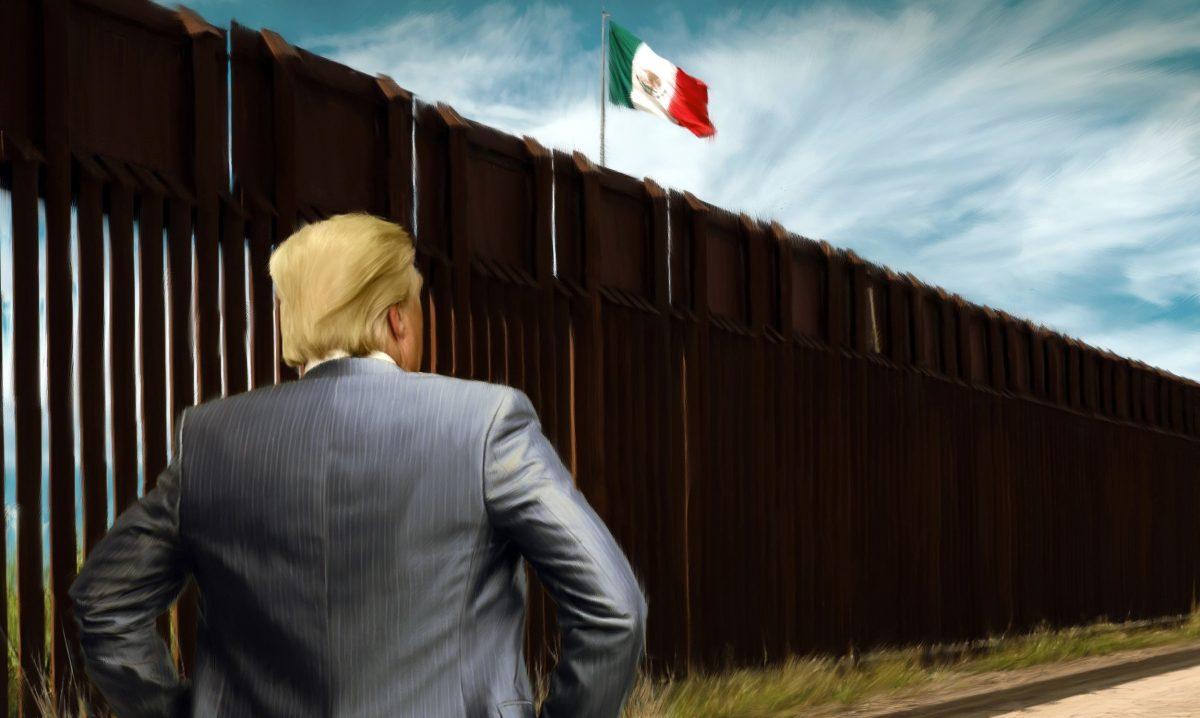Sixty percent of Americans oppose the expansion of the U.S. and Mexico border wall according to an early 2019 Gallup poll, and yet President Trump remains determined to accelerate construction even at the expense of the destruction of 22 archeological sites within the Organ Pipe Cactus National Monument in Arizona.
The efforts are a result of Trump’s pledge to secure the border in a bid for re-election in 2020. Earlier this year, the president declared a national immigration emergency upon being denied by Congress to financially back the project. Since 1976, according to the Los Angeles Times, national emergency authority has been exercised 58 times prior — and only twice did it involve obtaining funds (once in 1990 during the Iraq war, and once after the 2001 terrorist attacks).
From the same article published in February of this year, they noted that “administration officials also declined to say where new barriers would be erected or rebuilt or how many new miles of barriers would actually be added to the fences that currently exist” for reasons now evident.
A 123-page National Park Service report, accessed by the Washington Post through the Freedom of Information Act reveals that the 30 foot steel wall conversion will impede upon around 12 Native American tribes and numerous endangered species native to the region, from cacti to mud turtles.
The NPS investigation finds that over 16,000 years of archeological findings lay in the national monument, including “stone tools, ceramic shards, and other pre-Columbian artifacts are extremely well-preserved in the arid environment.” Quitobaquito Springs, an oasis that intersects the border, was once a section of the Old Salt Trail, a prehistoric trade route used by ancient cultures to acquire salt, obsidian, and seashells from salt beds in Sonora, Mexico, as described by the NPS website. The area was proclaimed the Organ Pipe Cactus National Monument by President Franklin Roosevelt in 1937.
Environmental activists have advised against construction as it holds the potential to “negatively impact animal migration and make it more difficult for wildlife to access the few water sources available in the desert,” Newsweek says. The upgraded wall is projected to have lighting, a matte black finish, and sharp points.
Researchers have found that some of the archeological sites have already been damaged by all-terrain vehicles piloted by Border Patrol agents, therefore the area may not have the capacity to handle earth-moving equipment and other heavy machinery. In addition, if construction crews pump groundwater, there is a possibility it may dry up the springs.
What’s more alarming is that the Trump administration “has waived procedural safeguards and impact studies, citing national security concerns.” Through the Department of Homeland Security, the Archeological Resources Protection Act, the National Historic Preservation Act, and the Endangered Species Act have no bearing on the wall expansion. Also according to the Post, it’s said that Trump has assured officials that they would be pardoned for completing any orders that could be deemed “illegal or unworkable.”
Trump’s wall will desecrate the surrounding environment and thousands of years of Native American culture — which holds no significance to his administration compared to the opportunity to waste resources to uphold a promise that a majority opposes.





![[Both photos courtesy of sonoma.edu]
Ming-Ting Mike Lee stepped in as the new SSU president following Sakakis resignation in July 2022](https://sonomastatestar.com/wp-content/uploads/2024/04/CC4520AB-22A7-41B2-9F6F-2A2D5F76A28C-1200x1200.jpeg)


























